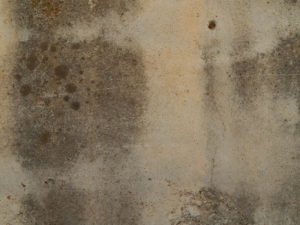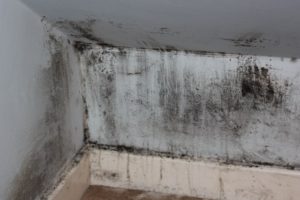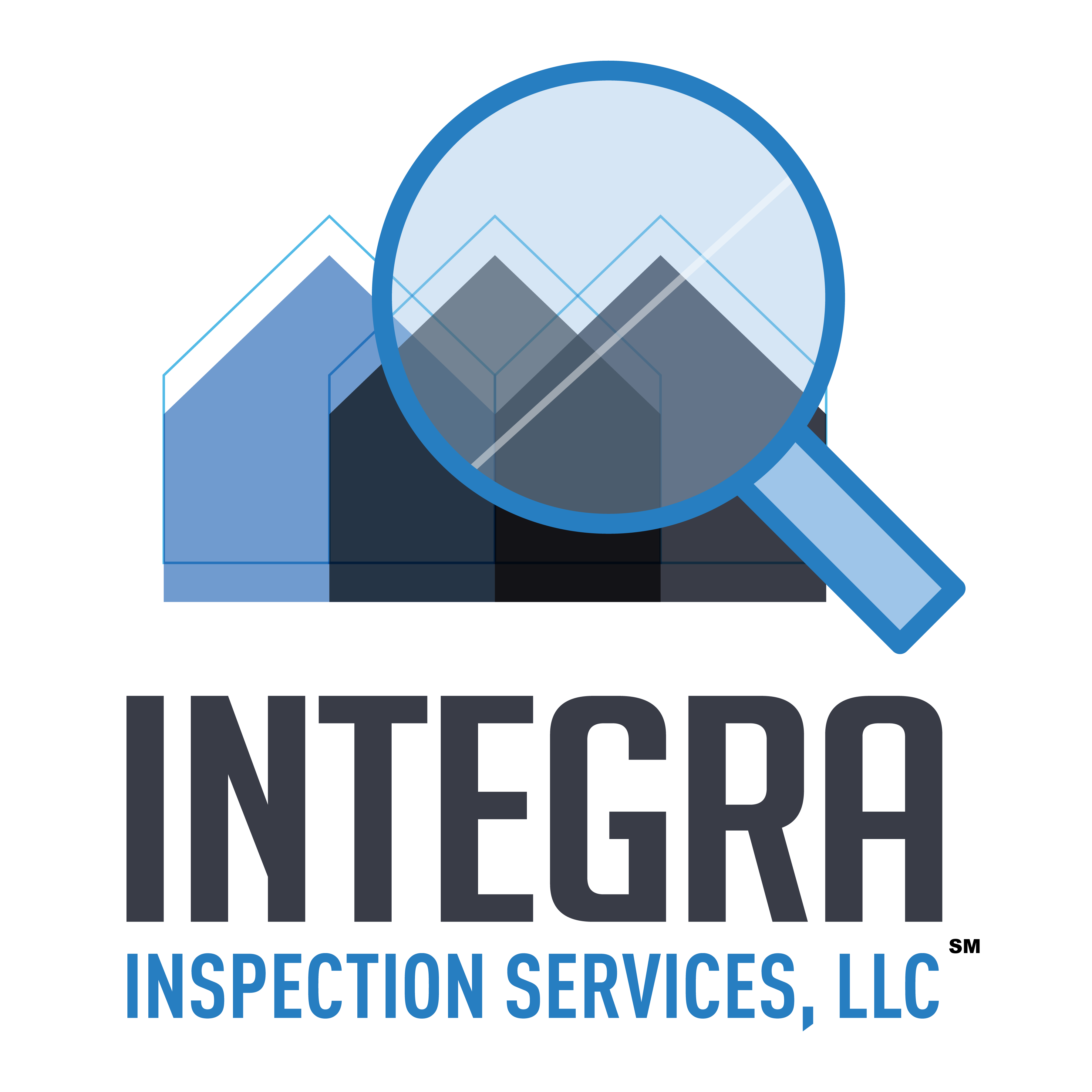Black-Colored Mold vs. Toxic Black Mold
Most discussions about mold in the home are filled with apprehension as people think of all the different ways that mold can harm them and their loved ones. But here is something you should know about mold: not all molds are toxic.
Mold is the umbrella name for a broad range of fungi, many of which are beneficial. To determine if a particular kind of mold is dangerous to health, the primary thing to check for is its color. The color of mold plays a huge role in its toxicity.
Black-colored mold is typically considered the most harmful to human health. But not all black molds are dangerous. There is black toxic mold, which is harmful, and black-colored mold, which may not pose any danger.
What is the difference between the two types of molds?
Black Mold

Non-toxic black mold on masonry
This is, simply, mold with black pigmentation. Most people assume that if it is black, it must be harmful, but this isn’t necessarily true. The worst problem this kind of mold can create for you is allergies. Other than that, they do not pose any risk.
The most common type of black-colored mold is Cladosporium. It is often found in both indoor and outdoor spaces, usually around leaky pipes, beneath carpets, and inside walls, or in any place where there is moisture. This mold will trigger asthma attacks and allergies.
Other examples of black-colored mold are Nigrospora, Dresclera, Aureobasidium, Alternaria, Ulocladium, Stemphylium, and Pithomyces. None of these produce mycotoxins – a natural toxin that is injurious to health.
Toxic Black Mold

Toxic Black Mold
Black toxic mold, also known as, Stachybotrys chartarum, is easily identified by its distinct appearance. Black toxic mold has a deep black color, which is often marked with a greenish tint. This is the deadliest type of mold.
Like most molds, it can grow indoors and outdoors, but needs a warm, moist environment. Typically, when found inside, it grows in low-nitrogen, high-cellulose environments. If it occurs outside, it is usually on decomposing organic materials.
Toxic black mold is dangerous because of the mycotoxins it releases into the air.
Causes of Black Toxic Mold and its Effects
What encourages the growth of black mold in the home? Molds require sustained moisture in order to live and grow. Areas that get wet, and stay wet, are likely hotspots for mold growth. Here at Integra Inspection Services in Huntsville, Alabama, I commonly encounter fungal growth, including black and black toxic molds, in the following areas:
- Around chronic plumbing or roof leaks. Mold will develop on plywood roof sheathing and subflooring as well as gypsum drywall ceilings and walls.
- In wooden structural members, insulation, and sheathing in exterior walls. Mold loves to grow in wall cavities because of trapped moisture introduced from exterior wall leaks, poor/missing flashing, and improper installation practices.
- In walls and floors after floods
Mold can also develop in poorly-ventilated attics, particularly near bathroom exhaust vents. This is especially true in areas where the attic can stay cold for extended periods. For this reason, interior exhaust vents should discharge through the roof.
If black toxic mold is ingested or mold mycotoxin is inhaled, it could cause serious health problems for the person. The effects of black toxic mold on individuals vary based on the person’s age, overall health, and the length of exposure, determining the seriousness of the effects.
In the early stages of exposure, the effect of the toxin is mainly felt in the respiratory systems. Here are the common symptoms:
- Irritation of the throat and nose with sneezing and chronic coughing
- Irritation of the eyes, leading to redness
- Persistent headache, fatigue, and rashes
If exposure to the toxin persists, the person may start to have life-threatening problems, such as:
- Insomnia and amnesia
- Disorientation, irritability and severe mood swings
- Nausea and vomiting
- Bleeding from the lungs and nose
Even more severe effects will appear if the mycotoxins find their way into the person’s bloodstream. Once there, the toxin can cause:
- Internal and external hemorrhaging
- Heart damage, leading to blood clots
How to Prevent Mold
The best way to avoid mold poisoning is to prevent mold growth in your home. Here is what you can do to keep mold out of your home:
- Install exhaust fans in the kitchen and bathroom
- Fix all leaks and water damage in the home. Rotted or poorly-installed exterior siding materials are a major source of mold growth inside wall cavities.
- Keep the home, including the crawlspace well-ventilated. Consider crawlspace encapsulation.
- Use mold-killing products when washing bathroom tiles and shower curtains
- Don’t leave wet clothes in the washing machine
- Keep roof gutters and downspouts in good condition
- Monitor your home’s humidity levels
- Do not have too many indoor plants in your home
But if you do find mold growing in your home, what should you do? Take immediate action. To delay is to give mold spores more time to spread across your home, making the problem worse. If the mold is growing in a small area of the home, you can kill it with vinegar, tea oil, hydrogen peroxide, or baking soda.
Always remember to wear protective gear when you tackle mold. Protective equipment helps you avoid inhaling mold spores and toxins. Gloves and an N95 respirator are required.
If the mold growth is widespread, inside an inaccessible area, or you suspect that it has been there for a long time, you should hire a professional to deal with the problem. Getting professional help ensures you don’t help the mold spread further and you get all of it.
Importance of Home Inspection
A comprehensive home inspection can often identify potential mold issues or construction defects that could lead to hidden mold problems. A home inspection should always be performed when purchasing a home, but consider getting one every 3-4 years as part of your maintenance routine.
Thanks to Carl Richardson at Markham Services Mold Inspection of Orlando for his expertise in mold inspection and testing. Visit his site at: https://cfmoldinspect.com/
